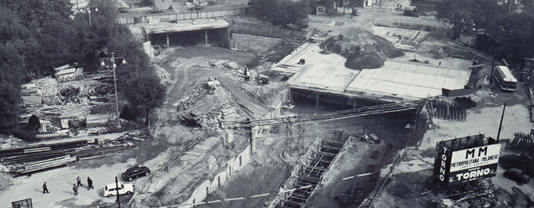It entered the history books of Milanpublic transport when it built the city’s first metro line fifty years ago. And over time it has built up a solid name for itself as a reliable company with a high level of technical proficiencies which have given it an opening in the Italian and international market. Metropolitana Milanese is an example of a fully state-owned company which has understood how to succeed by focusing on professionalism, technical innovation and the ability to adapt its operations to meet clients’ needs. It operates in a field which is not very familiar to the general public (more interested in things such as the quality of trains and the transport services available) but its activity in the engineering and building stages of works is of fundamental importance in preparing an infrastructure which can then live up to expectations. In the company’s headquarters in Via del Vecchio Politecnico,Milan, we met up with Marco Broglia, engineer, the enthusiastic head of the Mobility Systems Engineering Department and he talked to us about the company’s activities.
Railway Engineering: Mr. Broglia, first of all could you give us a general picture of Metropolitana Milanese S.p.A.? When was it founded, who controls it, how is it structured and what is its mission?
Marco Broglia: We can start by saying that Metropolitana Milanese was founded in 1955, so it will soon be celebrating its 60th anniversary. It is a joint stock company 100% controlled by the Municipality of Milan. It was established to engineer and build the metro lines in Lombardy’s regional capital but over the years it has become a leader in Italy, as well as one of the world’s top engineering companies, operating in the sector of urban and suburban public rail transport infrastructures and large public works in general. Since 2003 it has also been managing the Integrated Water Service for the City of Milan, which means it takes care of water collection, purification, distribution and sewage treatment. Today our company employs 700 people, 450 of which work in the Integrated Water Service while the remaining 250 employees work in the engineering sector.
Full article is available only for registered users.
Click the link below to download pdf version of Railway Engineering
